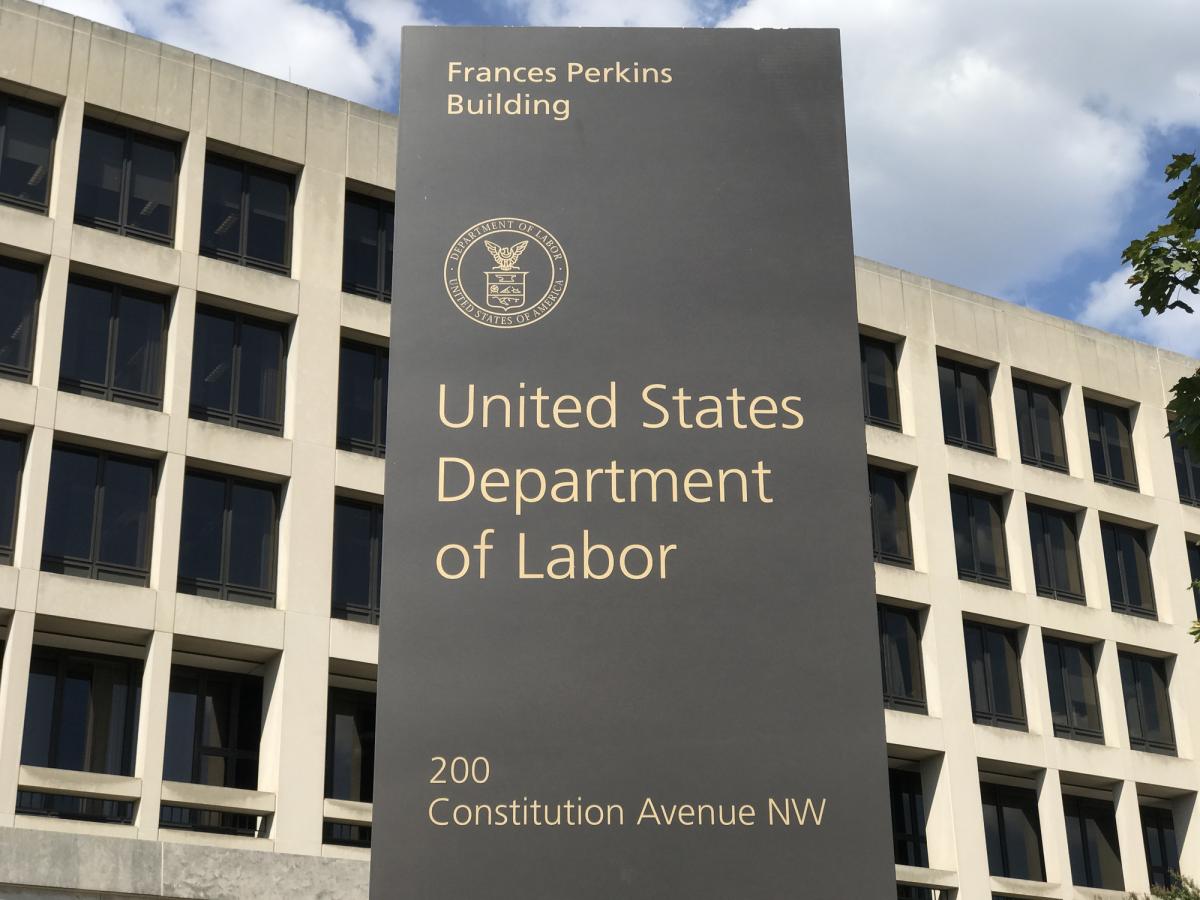What do cell phones, DVDs, personal computers, space shuttles, reality television and electric cars have in common? They have all been created in about the last 40 years, which aligns with the timeline during which the US Department of Labor (DoL) has been weighing how to permit Employee Retirement Income Security Act (Erisa) fiduciaries responsible for investment and voting decisions to use ESG considerations in their decision-making.
While we think of ESG as capturing the modern zeitgeist within the last decade, the tug of war over the appropriate emphasis and consideration of ESG dates from much longer ago. This is likely far from over, but the DoL recently adopted new amendments to the investment duties regulation under Title I of Erisa to clarify that ESG considerations may be taken into account when fiduciaries make investment decisions, make voting decisions or otherwise exercise shareholder rights.
The new rules reverse and modify the previous administration’s two rules limiting the consideration of these factors in favor of a single focus on pecuniary gain for both investment and voting decisions.
The new rules, in part, are intended to reverse the chilling effect the previous rules had on investment behavior, including by creating uncertainty about whether Erisa fiduciaries may ever consider a company’s ESG (or other) factors in their investment and voting decisions. The new rules also dovetail with increasing stakeholder demands focused on additional disclosure of how a company’s ESG goals are tied to its strategy.
It has long been clear that Erisa fiduciaries may not sacrifice investment returns, or even assume greater investment risk, as a way to promote social-policy goals. What has long been debated is whether and how ESG considerations can lead to greater investment returns, and how a fiduciary may take these considerations into account when acting for the benefit of plan participants.
What’s new?
The new rules were published in the Federal Register in December 2022 and will take effect on January 30, 2023. Specifically, they address an Erisa fiduciary’s duties of prudence and loyalty in selecting investments and investment courses of action, selecting qualified default investment alternatives, voting proxies and adopting written proxy voting policies and guidelines.
The key changes these rules will implement include:
- A focus on risk and return – The new rules confer greater discretion on fiduciaries by clarifying that an investment decision must be based on factors the fiduciary reasonably believes are relevant to risk-versus-return analysis. The rules explicitly provide that climate change and other ESG economic effects may be used in this analysis
- Moving away from the concept of pecuniary and non-pecuniary – The binary nature of determining whether a factor is pecuniary or non-pecuniary was deemed to be both confusing to and limiting of financially beneficial decisions. The DoL believes moving away from this terminology will remove the fear of using relevant ESG considerations in a risk-return analysis
- Reframing the tiebreaker test – The new rules permit consideration of collateral benefits of an investment as tiebreakers in a circumstance where the financial interests are equally served by two or more investments. Furthermore, the new rules eliminate special documentation requirements and revert to the standard duty of fiduciaries to document plan affairs
- Loyalty in reflecting consideration of plan preferences – The new rules provide that Erisa fiduciaries do not violate their duty of loyalty by taking participants’ preferences into account when constructing a menu of investment options for their plans. Promoting greater participation and higher contributions by aligning with participant values is in the interest of promoting retirement security
- Getting out the vote – The new rules remove the suggestion that managing shareholder rights does not require consistent voting. Furthermore, the new rules remove safe harbors that incentivized abstentions in voting and eliminate requirements regarding maintaining proxy voting records. The rules regarding voting underscore the DoL’s view that the management of shareholder rights appurtenant to the ownership of shares, including voting proxies, is an integral part of the fiduciary’s duty to manage plan assets
- Permitted reliance on proxy advisory firms – The new rules eliminate specific monitoring obligations when using proxy advisory firms such as ISS and Glass Lewis.

Are the floodgates open?
While the new rules and amendments relax some of the chill felt in the Erisa investing world, fiduciaries remain bound by duties to their plan participants and beneficiaries, including their obligation to seek financial returns.
But the rules provide more clarity as to how fiduciaries make decisions about financial returns and no longer limit their ability to consider opportunities or risks relating to ESG factors. Rather, the new rules clarify that fiduciaries can take a variety of factors into account, including those based on climate change or other ESG considerations.
How will fiduciaries evaluate ESG considerations?
As Erisa fiduciaries are empowered to begin (or perhaps restart) incorporating ESG factors into their investment and voting decisions, they will still need to have a reasonable basis for their decision-making. Erisa fiduciaries will likely need information and data to be able to run an efficient risk-and-return analysis or have sufficient information about a tiebreaker. The need for this information will continue to drive demand for financially material, strategic ESG disclosure.
What does this mean for companies?
Public companies have been under significant pressure from ESG proponents, including investors and other stakeholders, to provide relevant, financially material ESG disclosures. More recently, many companies have also begun to feel the effects of the ‘anti-ESG movement’.
Operating in this deeply divided environment will continue to be challenging for companies. One only needs look at the veritable alphabet soup of ESG ratings and frameworks, as well as the public discourse and proposed SEC rules on climate change, to be reminded of this reality. With the crescendo of competing pressures and demands, companies need to be able to tie ESG to strategy (perhaps more than ever).
In the absence of direct regulation of companies, regulation of a company’s investors can and often does result in trickle-down effects for issuers. Although Erisa fiduciaries have been relatively absent from public discourse on ESG considerations, reflecting the chilling effect the new rules are seeking to address, companies should expect that Erisa fiduciaries will be back in the visible and vocal fold, voicing their own views regarding ESG disclosure, exercising voting rights and taking full advantage of engagements with companies.
With the new rules in effect in January 2023, these dynamics will be most pronounced as companies enter into an uncertain proxy season due to a number of other rule changes announced last year. Therefore, in 2023, it will be incumbent on companies to ensure these Erisa fiduciaries understand a company’s strategy through SEC disclosures and investor relations activity, particularly as it relates to the impact of ESG on its strategy and financial performance.
Elizabeth Bieber is counsel and head of shareholder engagement and activism defense in New York at Freshfields. Pamela Marcogliese is head of US corporate advisory and governance at Freshfields and Taylor Todd is an associate with the firm








